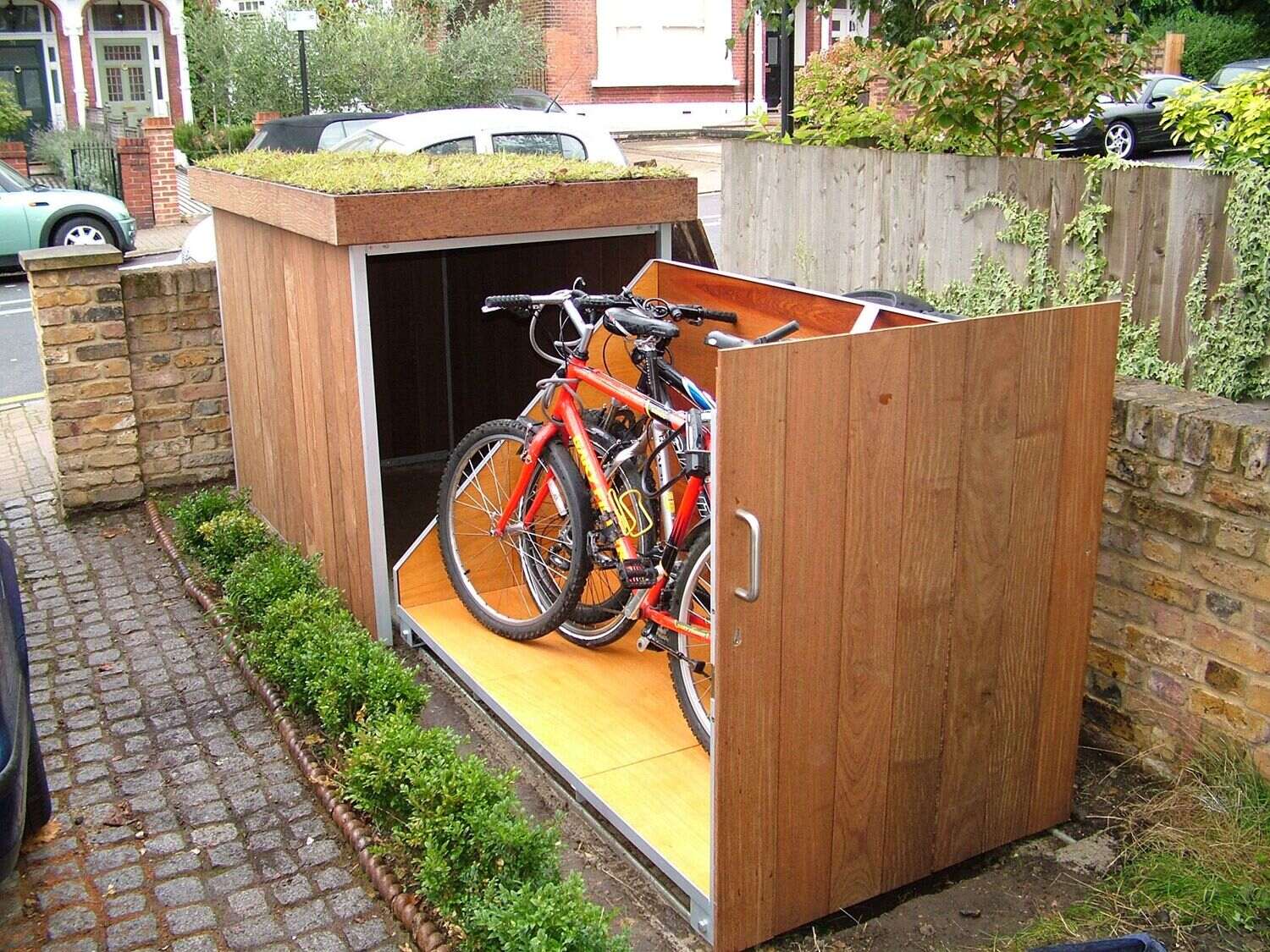

Articles
How To Store Bike Outside
Modified: October 27, 2024
Looking for articles on how to store your bike outside? Discover helpful tips and tricks to keep your bike safe and protected in any weather condition.
(Many of the links in this article redirect to a specific reviewed product. Your purchase of these products through affiliate links helps to generate commission for Storables.com, at no extra cost. Learn more)
Introduction
Proper bike storage is crucial for maintaining the longevity and performance of your bicycle. Whether you own a high-end mountain bike, a sleek road bike, or a trusty commuter bike, safeguarding it when not in use is essential to protect it from the elements and prevent theft.
In this article, we will explore the importance of proper bike storage and provide valuable tips on how to store your bike outside. By following these guidelines, you can ensure that your bike remains in excellent condition, ready for your next adventure.
Bicycles are not cheap investments, and regular exposure to harsh weather conditions can cause significant damage. Rain, snow, UV rays, and extreme temperatures can lead to rust, warped frames, faded paint, and worn-out components. Additionally, leaving your bike unattended outside also puts it at risk of being stolen.
By implementing effective bike storage measures, you can protect your investment and extend the lifespan of your bicycle. Let’s delve into the specifics of storing your bike outside and ensure that your beloved ride remains in top shape, irrespective of the weather or location.
Key Takeaways:
- Proper bike storage is essential to protect your investment and extend the lifespan of your bicycle. Choosing the right location, using weather protection, securing the bike, and regular maintenance are key to ensuring your bike remains in excellent condition when stored outside.
- Investing in a high-quality bike lock, using a bike cover, and considering a shelter or shed are effective measures to safeguard your bike from theft and adverse weather conditions. Regular maintenance is crucial for keeping your bike in optimal condition, ensuring it’s ready for your next adventure.
Read more: How To Store Bikes Outside Without A Shed
Importance of Proper Bike Storage
Proper bike storage is not only about keeping your bike in a convenient location but also about protecting it from potential damage and theft. Here are some key reasons why investing in proper bike storage is essential:
- Preserve Bike’s Condition: Storing your bike outside without protection exposes it to various elements such as rain, sun, and snow, which can lead to rust, faded paint, and deteriorated components. By providing a suitable storage solution, you can keep your bike in optimal condition and prevent unnecessary wear and tear.
- Prevent Theft: Leaving your bike unsecured outside makes it an easy target for thieves. Proper bike storage methods, such as using locks and shelters, act as deterrents and significantly reduce the risk of theft. It’s important to invest in a reliable lock and choose a secured location where your bike is less likely to be targeted.
- Save Space: If you live in a small apartment or have limited storage space, storing your bike outside may be the only option. By utilizing proper bike storage solutions, you can maximize your available space and avoid clutter indoors.
- Convenience and Accessibility: Proper bike storage allows for easy access to your bike whenever you need to ride it. With a dedicated location and organized setup, you can save time and effort searching for your bike and ensure it is always ready to go.
- Extend Bike’s Lifespan: By protecting your bike from the elements and regular wear and tear, proper storage can significantly extend its lifespan. This means you can enjoy your bike for more years without having to spend on costly repairs or replacements.
Now that we understand the importance of proper bike storage, let’s explore some practical tips on how to store your bike outside in the best possible way.
Choosing the Right Location
When it comes to storing your bike outside, selecting the right location is crucial. Here are some factors to consider when choosing the ideal spot:
- Sheltered Area: Look for a location that offers some form of shelter to protect your bike from direct exposure to rain, snow, and harsh sunlight. This could be a covered porch, a balcony, or a designated bike storage area.
- Avoid Moisture Buildup: Avoid storing your bike in areas prone to excessive moisture, such as near sprinklers or in low-lying areas where water tends to accumulate. Excess moisture can accelerate rust formation and damage sensitive components.
- Well-Ventilated Space: Ensure that the storage location allows for proper ventilation to prevent moisture buildup. Good air circulation helps prevent mold and mildew growth and keeps your bike dry.
- Protection from Extreme Temperatures: When storing your bike outside, consider weather conditions and select a location that provides some protection from extreme temperatures. Extreme heat and cold can adversely affect the performance and structural integrity of your bike.
- Away from Hazards: Choose a spot away from potential hazards such as tree branches, sharp objects, or areas with high foot traffic. This will minimize the risk of accidental damage to your bike.
- Accessibility: Ensure that the location you choose allows for easy access to your bike. It’s important to have a clear path and enough space to maneuver your bike in and out without difficulty.
By carefully selecting the right location for your bike storage, you can ensure its safety and longevity. Remember to assess different factors such as shelter, moisture control, ventilation, and accessibility for the best possible storage solution.
Weather Protection
Protecting your bike from the elements is crucial when storing it outside. Here are some effective measures you can take to safeguard your bike from adverse weather conditions:
- Bike Covers: Investing in a high-quality bike cover is a great way to shield your bike from rain, snow, and UV rays. Look for a cover made from durable and waterproof material that securely fits your bike. Make sure the cover has ventilation panels to prevent condensation and moisture buildup.
- Fenders and Mudguards: Consider installing fenders and mudguards on your bike to minimize water and debris splashing onto the frame and components. These accessories help protect your bike from road spray and reduce the chances of moisture damage.
- Remove Accessories: Before covering your bike, remove any accessories that may be susceptible to damage from prolonged exposure to the elements. This includes lights, saddlebags, and electronic devices. Store them separately in a dry place.
- Orientation: When storing your bike outside, consider the positioning to further protect it from the weather. Position the bike with the drivetrain facing the wall or covered area to minimize exposure to rain and debris.
- Regular Maintenance: Regularly inspect your bike for signs of damage or wear caused by weather exposure. Clean and lubricate the chain and other moving parts to prevent rust and ensure smooth operation. Check tire pressure and adjust as necessary.
Remember that while these measures provide protection against mild weather conditions, severe storms or extended exposure to extreme weather may still cause damage. If possible, consider bringing your bike indoors during severe weather events.
With proper weather protection measures in place, you can significantly reduce the risk of damage to your bike and keep it in top shape for years to come.
Using a Bike Cover
A bike cover is an essential accessory for protecting your bike when storing it outside. Here are some tips on how to effectively use a bike cover:
- Select the Right Size: Choose a bike cover that fits your bike properly. It should cover the entire bike from the top to the bottom, including the wheels. A well-fitting cover provides better protection against the elements and prevents moisture from seeping in.
- Choose Waterproof and Breathable Material: Look for a bike cover made from waterproof material to shield your bike from rain and snow. Additionally, opt for a cover with ventilation panels to allow for air circulation and prevent condensation buildup, which can lead to rust.
- Secure the Fit: Ensure that the bike cover is securely fastened to your bike. Most bike covers come with elasticized hems, buckles, or straps to hold them in place. This prevents the cover from being blown off by strong winds and ensures your bike stays protected.
- Remove Moisture: After rain or snowfall, remove the cover and wipe off any moisture or water droplets on the bike. Do a quick inspection to check for any signs of water seepage. Drying your bike before covering it again helps prevent corrosion and damage.
- Regularly Clean the Cover: Over time, the bike cover may accumulate dirt and debris. Clean it regularly following the manufacturer’s instructions. A clean cover ensures maximum protection and prolongs its lifespan.
Using a bike cover provides an extra layer of defense against the weather elements and helps in preventing dust, dirt, and debris from settling on your bike. It also acts as a deterrent to potential thieves, as it conceals your bike’s appearance and makes it less conspicuous.
However, it’s important to note that a bike cover should not be relied upon as the sole method of protection. It should be used in conjunction with other storage and security measures, such as a sturdy lock and a suitable location.
By following these tips, you can effectively utilize a bike cover to safeguard your bike from weather damage and keep it in excellent condition, even when stored outside.
Consider using a waterproof cover to protect your bike from the elements when storing it outside. Make sure the cover is breathable to prevent moisture buildup. Additionally, use a sturdy lock to secure the bike and deter theft.
Read more: How To Store A Bike
Securing the Bike
Ensuring the security of your bike when storing it outside is vital to prevent theft. Here are some key measures you can take to secure your bike:
- Invest in a High-Quality Bike Lock: Choose a strong and reliable bike lock that provides maximum security. U-locks or heavy-duty chain locks are generally recommended as they are more difficult to break or cut. Look for locks made of hardened steel and consider ones with additional security features like a double-locking mechanism.
- Lock the Frame and Wheels: When locking your bike, pass the lock through the main frame and secure both wheels. This prevents thieves from easily removing the wheels or separating the bike frame from the locked object.
- Use Secure Bike Racks or Fixtures: If possible, lock your bike to a sturdy and immovable object using a designated bike rack or fixture. Ensure that the rack itself is securely anchored and cannot be easily dismantled or lifted.
- Secure Bike Components: Consider using additional locks or security devices to protect vulnerable components such as the saddle, handlebars, and wheels. These removable parts are often targeted by thieves, so having extra security measures in place can deter theft.
- Choose a Visible Location: Select a well-lit and busy area to store your bike outside. Thieves are less likely to target bikes in areas with high visibility, as there is a higher risk of being caught. Avoid secluded or hidden spots that provide cover for potential thieves.
- Register Your Bike: Registering your bike with local authorities or online bike registries can help in recovering your bike in case of theft. Keep a record of your bike’s serial number, make, and model, along with clear photographs, as it will aid in identification.
Remember to always lock your bike, even if you are storing it in a seemingly secure location. Thieves are always on the lookout for easy targets, so taking these security precautions goes a long way in protecting your valuable bike.
By securing your bike properly, you can have peace of mind knowing that it is less likely to be stolen or tampered with, allowing you to confidently store it outside without constant worry.
Using a Lock
When it comes to securing your bike, using a high-quality lock is essential. Here are some important tips on how to effectively use a bike lock:
- Choose the Right Type of Lock: There are several types of bike locks available, including U-locks, chain locks, and cable locks. Choose a lock that is known for its durability and resistance to cutting or breaking. Consider the level of security needed based on your location and the value of your bike.
- Lock the Frame and Wheels: When locking your bike, pass the lock through the main frame of the bike and at least one wheel. If possible, lock both wheels and the frame together. This prevents thieves from easily removing individual components or stealing the entire bike.
- Secure the Lock to a Fixed Object: Look for a sturdy and immovable object to secure your lock to, such as a bike rack, railing, or secure fixture. Make sure the object you choose cannot be easily dislodged or lifted. Avoid using items that can be easily cut or broken, like a tree or an unstable post.
- Lock in a High-Traffic, Well-Lit Area: When choosing a location to lock your bike, opt for well-lit, visible areas with high foot traffic. Thieves are less likely to target bikes in such locations due to the increased risk of being caught. Avoid secluded or dimly lit areas that provide cover for potential theft.
- Proper Locking Technique: Secure the lock as tightly as possible to minimize the amount of space within the lock for tools or leverage. Position the keyhole facing downward to make it more difficult for thieves to pick or tamper with the lock. Avoid leaving any excess slack in the lock, as it can provide leverage for prying or cutting attempts.
- Consider Locking Additional Components: If your bike has detachable accessories like lights, saddlebags, or quick-release wheels, it’s recommended to lock them as well. Use a secondary lock or cable to secure these components to the main lock to deter thieves from easily removing them.
- Register Your Bike and Keep Records: Register your bike with local authorities or online bike registries. Keep a record of your bike’s serial number, make, and model, and store clear photographs. This information can aid in recovery in case of theft.
Remember, no lock is completely theft-proof, but using a high-quality lock and employing proper locking techniques significantly reduce the risk of your bike being stolen. Combining a strong lock with other security measures such as choosing a secured location and using a bike cover provides an extra layer of protection.
By following these tips and investing in a reliable lock, you can keep your bike secure and deter potential thieves from targeting your valuable possession.
Installing a Shelter or Shed
Installing a shelter or shed for storing your bike outside provides excellent protection from various weather conditions and enhances security. Here are some important considerations when setting up a shelter or shed:
- Choose the Right Size: Ensure that the shelter or shed you choose is large enough to accommodate your bike comfortably along with any additional accessories or gear. It should provide ample space for maneuvering your bike in and out without any difficulty.
- Material and Construction: Select a shelter or shed made from durable and weather-resistant materials such as metal or heavy-duty plastic. These materials offer better protection against rain, UV rays, and other outdoor elements. Consider features like ventilation panels and water resistance to prevent condensation buildup and keep your bike dry.
- Installation: Follow the manufacturer’s instructions carefully when setting up the shelter or shed. Anchor it securely to the ground to ensure stability and minimize the risk of wind damage or theft attempts. If necessary, seek professional help for installation to ensure the structure is secure and reliable.
- Accessibility: Ensure that the shelter or shed allows for easy access to your bike. Consider the entry and exit points, and make sure you have enough room to comfortably move your bike in and out of the storage space whenever needed.
- Security Measures: Reinforce the security of the shelter or shed by installing additional security features. This includes adding locks to the doors and windows or installing an alarm system to deter potential thieves and provide an extra layer of protection.
- Maintenance: Regularly inspect and maintain the shelter or shed to ensure its integrity and functionality. Clean the shelter or shed, remove any debris, and check for signs of damage or wear. Repair or replace any damaged parts promptly to maintain its effectiveness in protecting your bike.
Installing a shelter or shed for your bike offers several advantages. It provides a dedicated and secure space for storing your bike, protecting it from weather elements, theft, and other potential hazards. It also helps keep your bike organized and reduces the risk of accidental damage.
Before installing a shelter or shed, check with your local municipality or homeowners’ association for any regulations or permits required. Additionally, ensure that the chosen location for the shelter or shed complies with any applicable building codes or zoning restrictions.
By following these recommendations and investing in a quality shelter or shed, you can provide superior protection for your bike when storing it outside, ensuring its longevity and keeping it in excellent condition.
Regular Maintenance
Regular maintenance is essential for keeping your bike in optimal condition, especially when storing it outside. Here are some important maintenance tasks to remember:
- Clean Your Bike: Regularly clean your bike to remove dirt, grime, and debris that can accumulate during outdoor storage. Use a mild detergent, water, and a soft brush or sponge to clean the frame, wheels, and drivetrain. Dry the bike thoroughly to prevent moisture-related issues.
- Lubricate Moving Parts: Applying lubrication to the chain, gears, and other moving parts is crucial in maintaining smooth and efficient operation. Use a bike-specific lubricant and follow the manufacturer’s instructions for proper application.
- Check Tire Pressure: Monitor and adjust tire pressure regularly. Properly inflated tires not only improve performance but also help prevent damage to the rims and reduce the risk of punctures.
- Inspect Brake Functionality: Check your brakes for proper functioning and adjust them if necessary. Ensure that the brake pads have sufficient pad material and replace them if they are worn down.
- Inspect and Tighten Bolts: Over time, vibrations and outdoor conditions can cause bolts to become loose. Regularly inspect and tighten all bolts, especially those on the stem, handlebars, saddle, and pedals.
- Inspect for Damage: Regularly inspect your bike for any signs of damage or wear. Check the frame, fork, and components for cracks, dents, or other structural issues. Address any minor damages promptly to prevent further complications.
- Check and Adjust Gears: Ensure that your gears are properly aligned and functioning smoothly. Check for any skipping or chain slippage and make necessary adjustments to maintain an efficient gear shifting system.
- Keep Moving Parts Moving: If you have not ridden your bike for a while, make sure to periodically rotate the pedals and move the gears to prevent them from seizing up or becoming stiff.
Regular maintenance not only improves the performance and longevity of your bike but also helps identify any potential issues before they become major problems. It is recommended to create a maintenance schedule to ensure that you take care of these tasks regularly.
If you are unsure about performing bike maintenance yourself, consider taking your bike to a professional bike shop for a tune-up or maintenance service. They have the expertise and tools to thoroughly inspect and service your bike, keeping it in top condition for your outdoor adventures.
By incorporating regular maintenance into your bike storage routine, you can ensure that your bike remains in excellent shape and ready for your next ride, even when stored outside.
Read more: How To Store Bike Tires
Conclusion
Proper bike storage is crucial for preserving the condition and longevity of your bicycle, especially when it is stored outside. By implementing the right storage methods and following the tips described in this article, you can protect your bike from the elements and reduce the risk of theft.
Choosing the right location is the first step. Look for a sheltered area that provides protection from rain, snow, and extreme temperatures. Avoid areas prone to moisture buildup and potential hazards. Additionally, consider locking your bike to a fixed object in a visible and well-lit location to enhance security.
Weather protection plays a significant role in maintaining your bike’s condition. Using a bike cover shields it from rain, sun, and other weather elements. Installing fenders and mudguards can further protect your bike from road spray and debris.
Securing your bike is crucial to deter theft. Invest in a high-quality lock and securely lock the frame and wheels to a fixed object. Consider using additional locks or security devices to protect vulnerable components.
If possible, installing a shelter or shed provides excellent protection for your bike. Choose one made from durable and weather-resistant materials and ensure it is properly anchored. Regular maintenance is also essential to keep your bike in optimal condition. Clean your bike, lubricate moving parts, check tire pressure, and inspect for damage regularly.
In conclusion, by following the guidelines outlined in this article, you can effectively store your bike outside while protecting it from the elements and minimizing the risk of theft. Taking the time to properly store and maintain your bike will ensure its longevity and keep it ready for your next ride.
Frequently Asked Questions about How To Store Bike Outside
Was this page helpful?
At Storables.com, we guarantee accurate and reliable information. Our content, validated by Expert Board Contributors, is crafted following stringent Editorial Policies. We're committed to providing you with well-researched, expert-backed insights for all your informational needs.
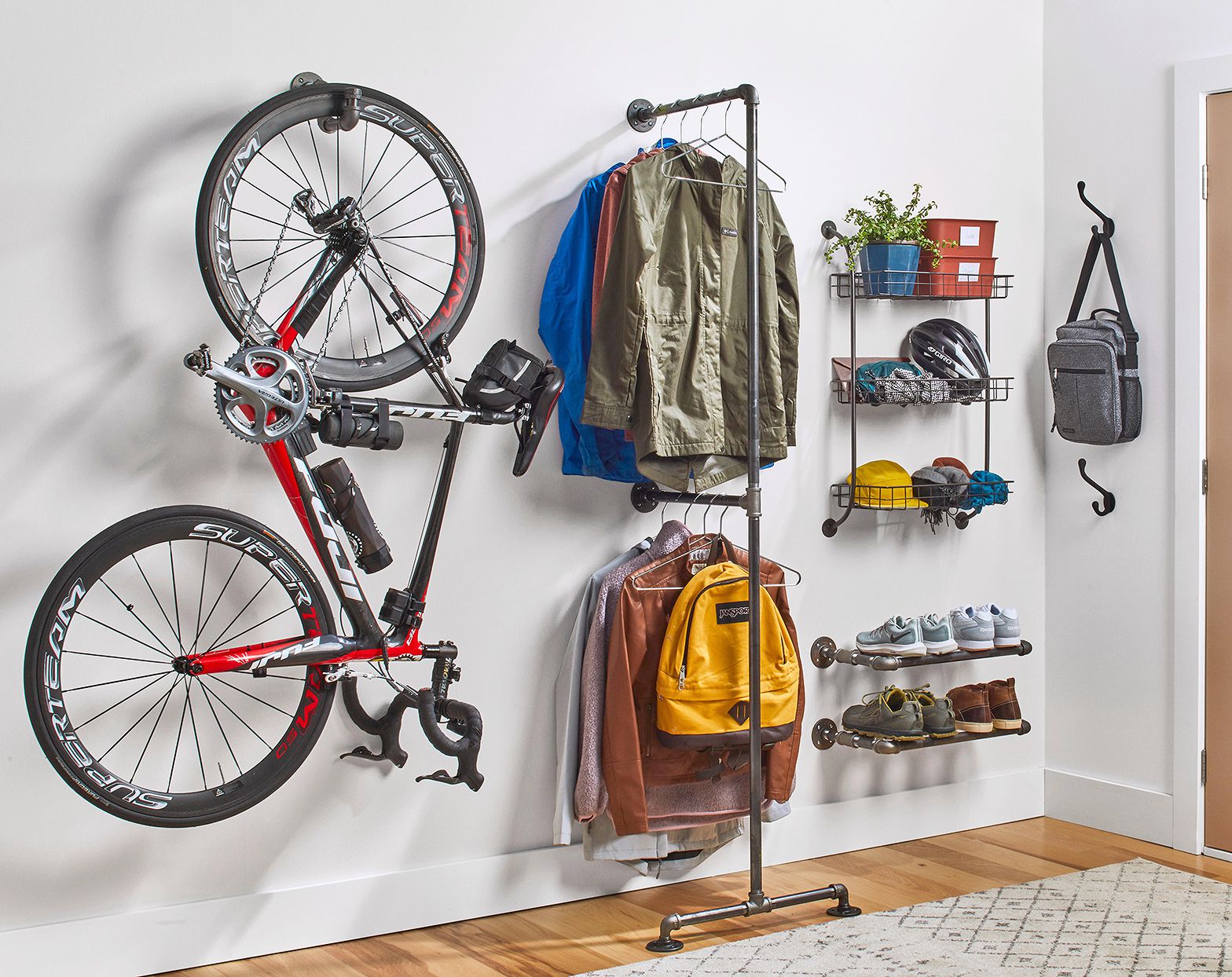
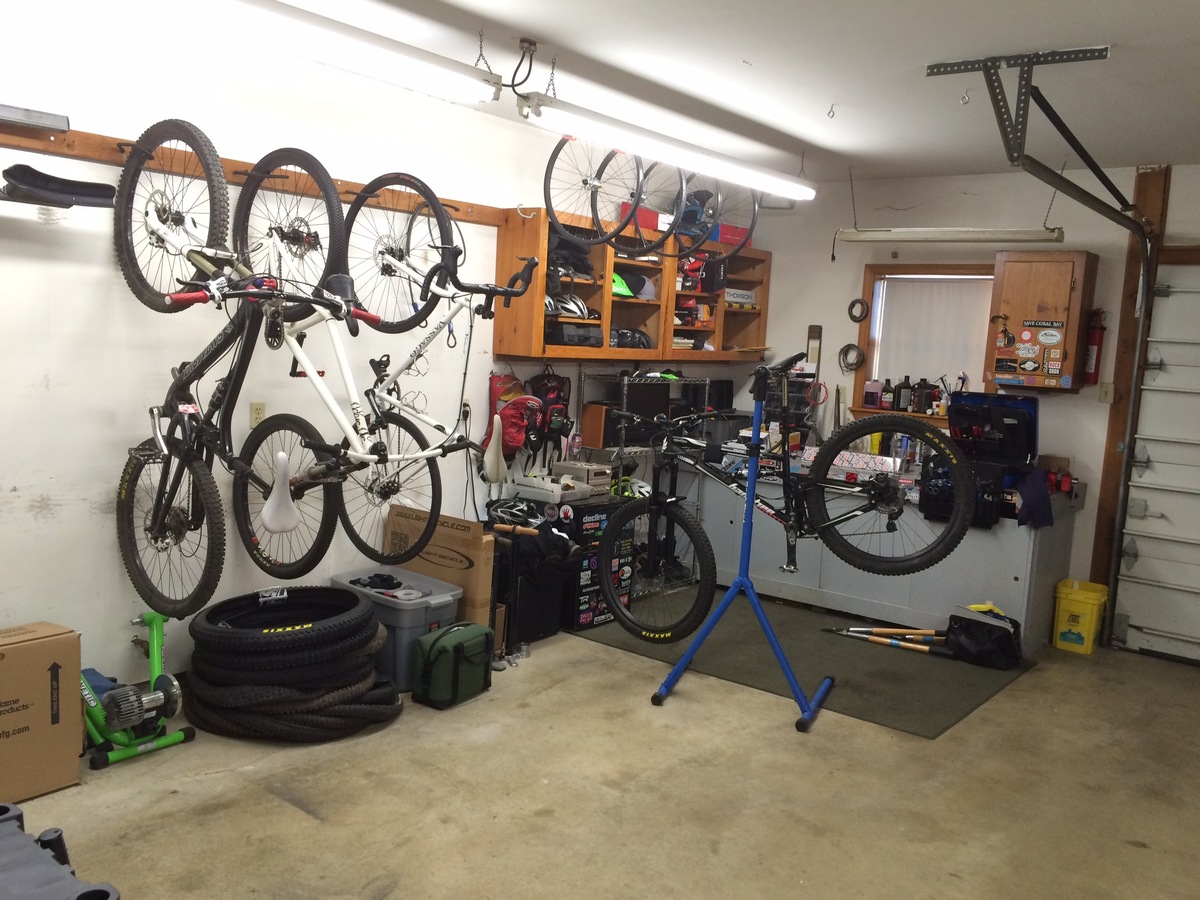
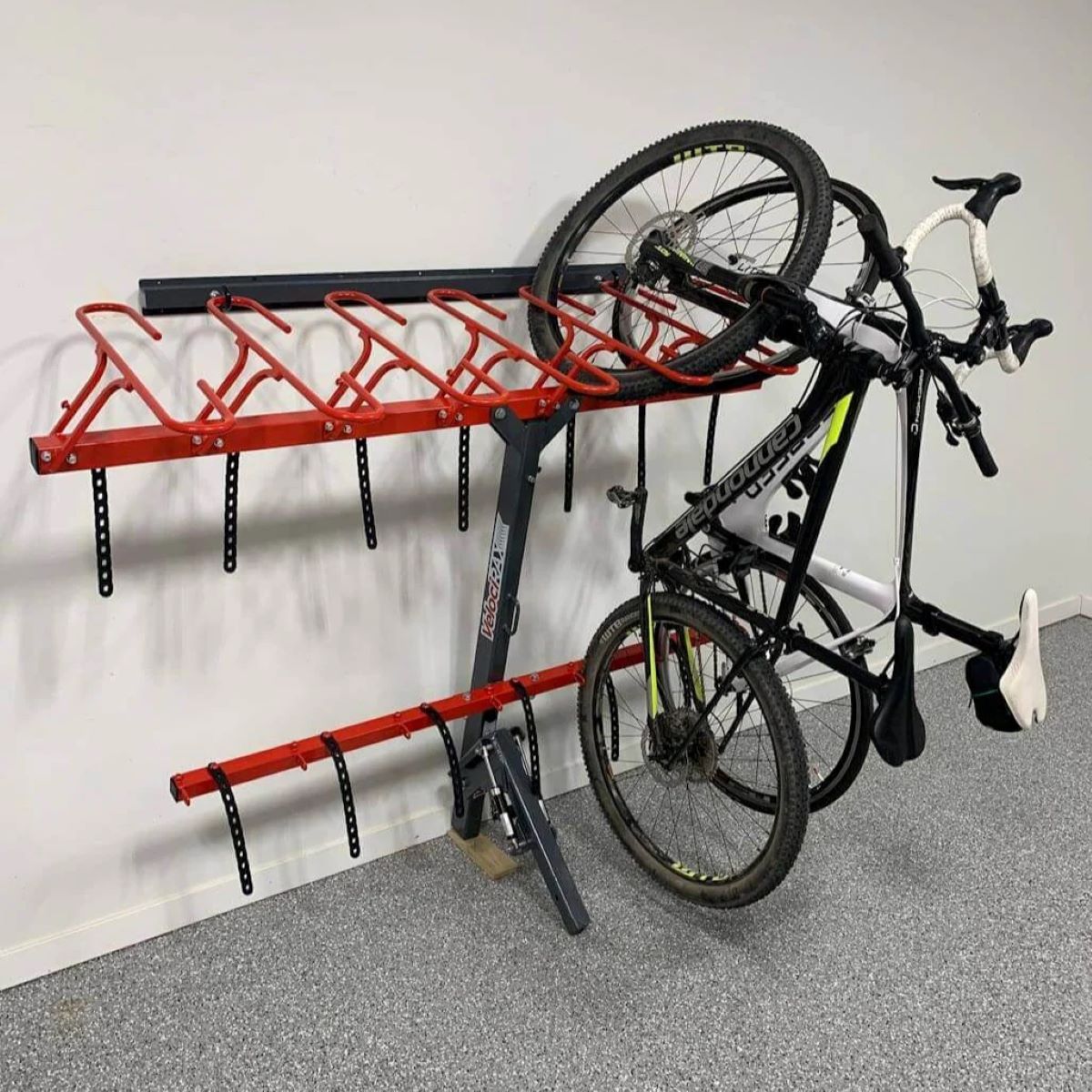
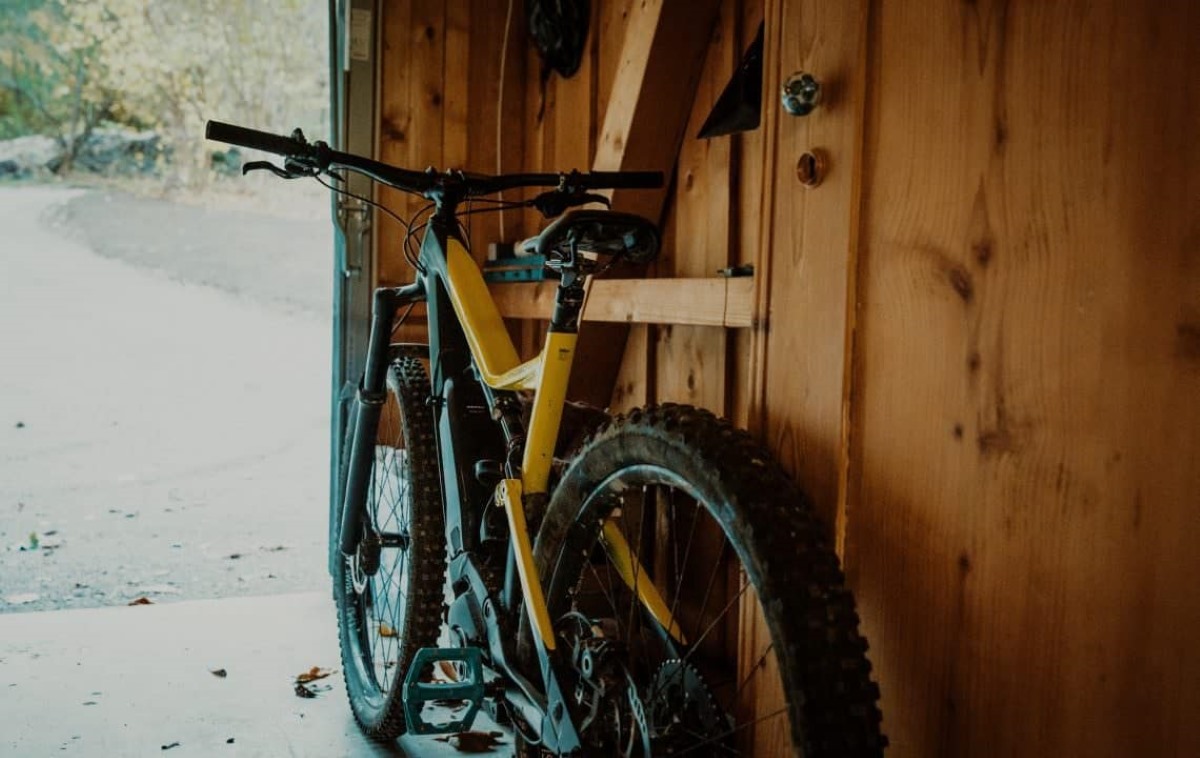
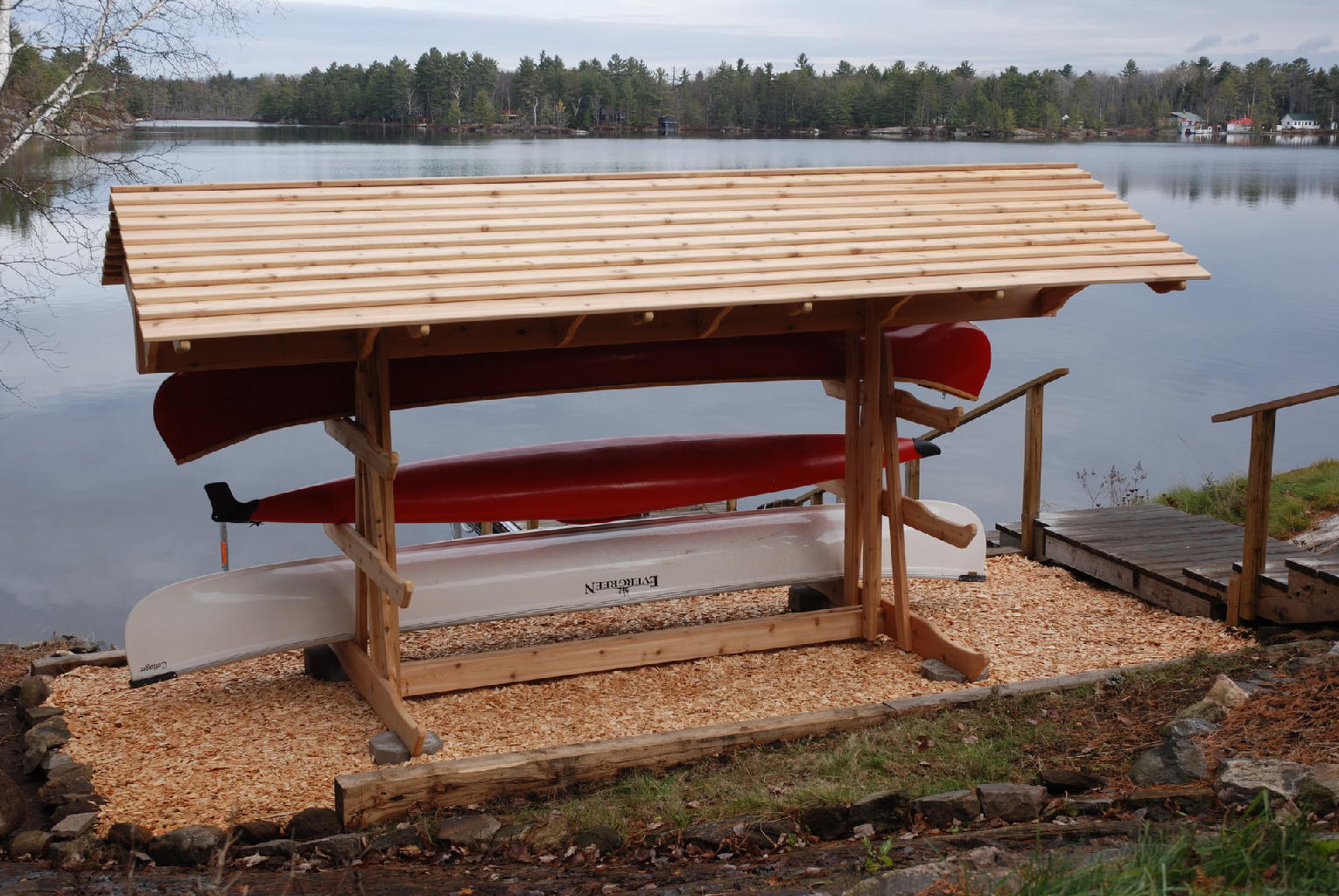
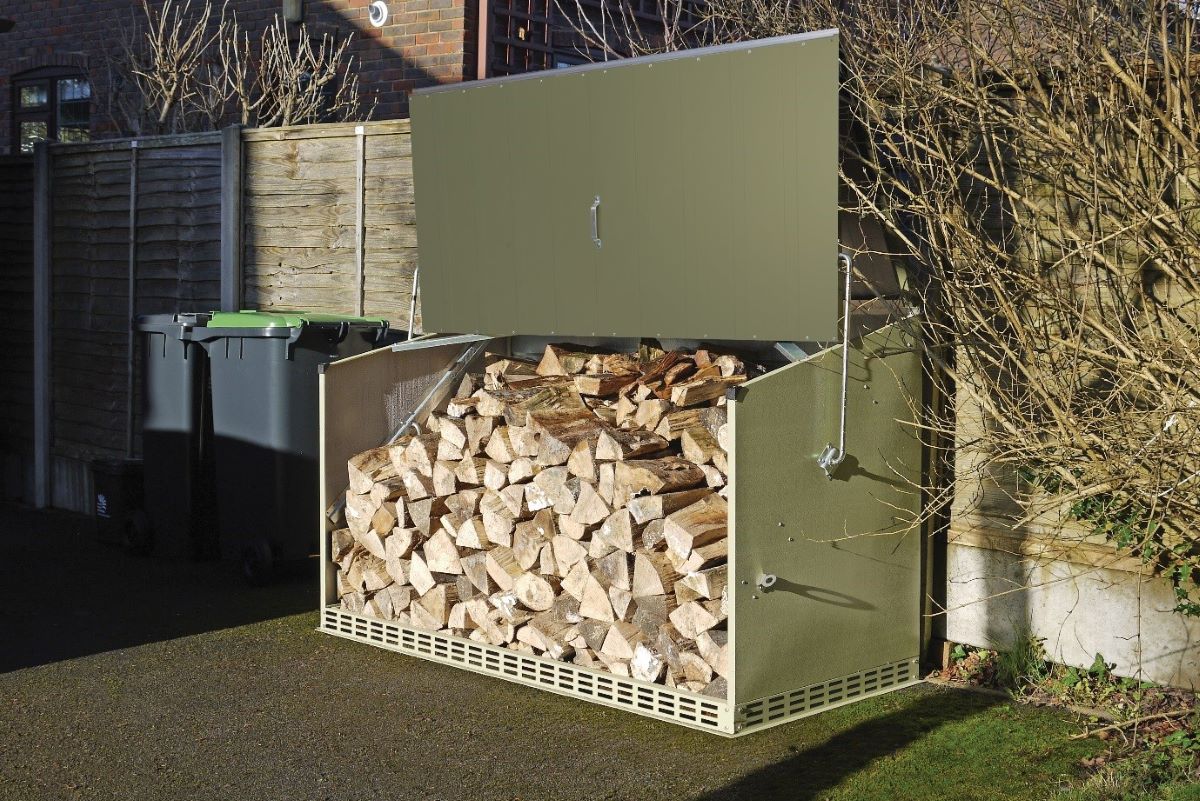
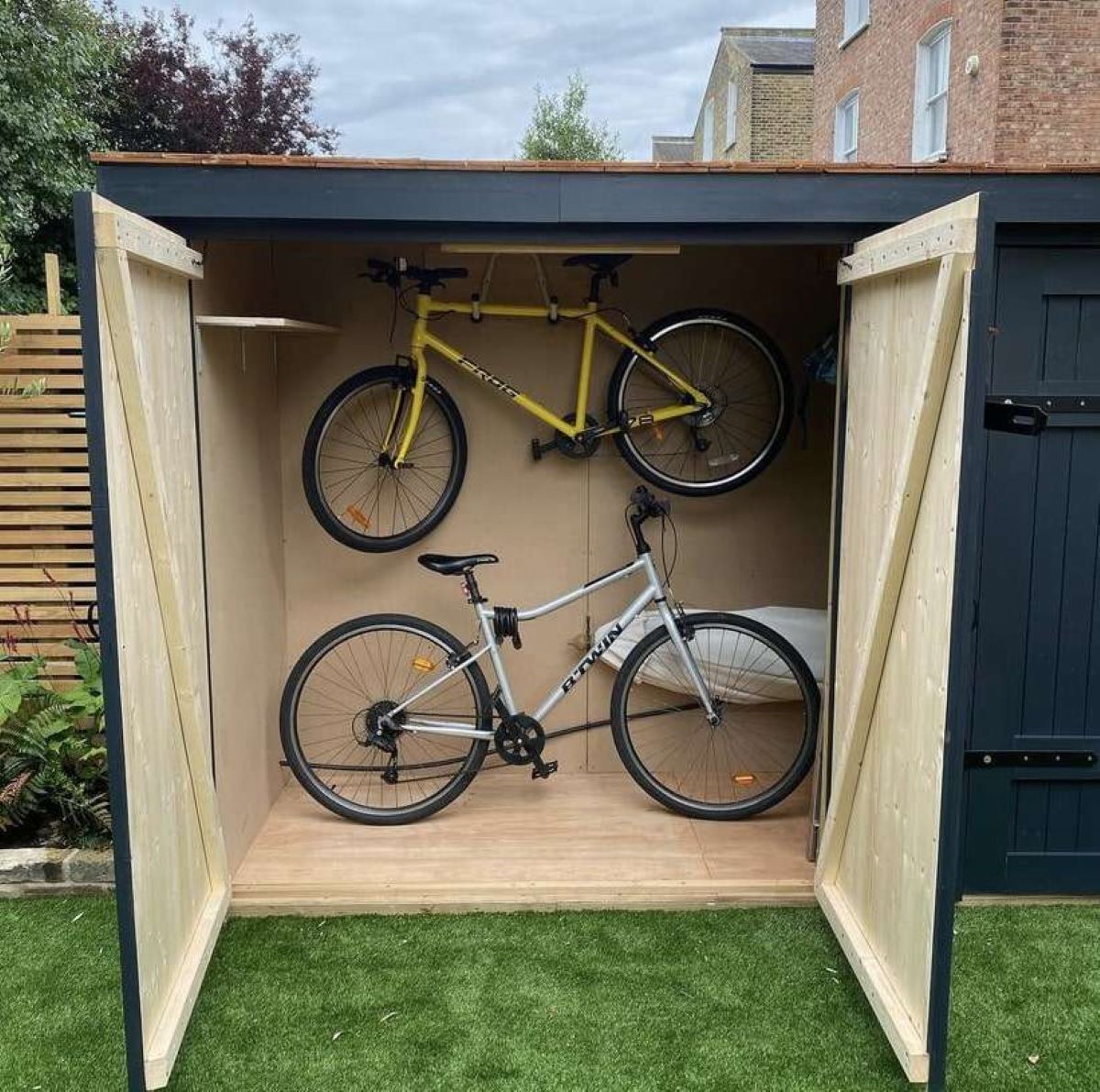
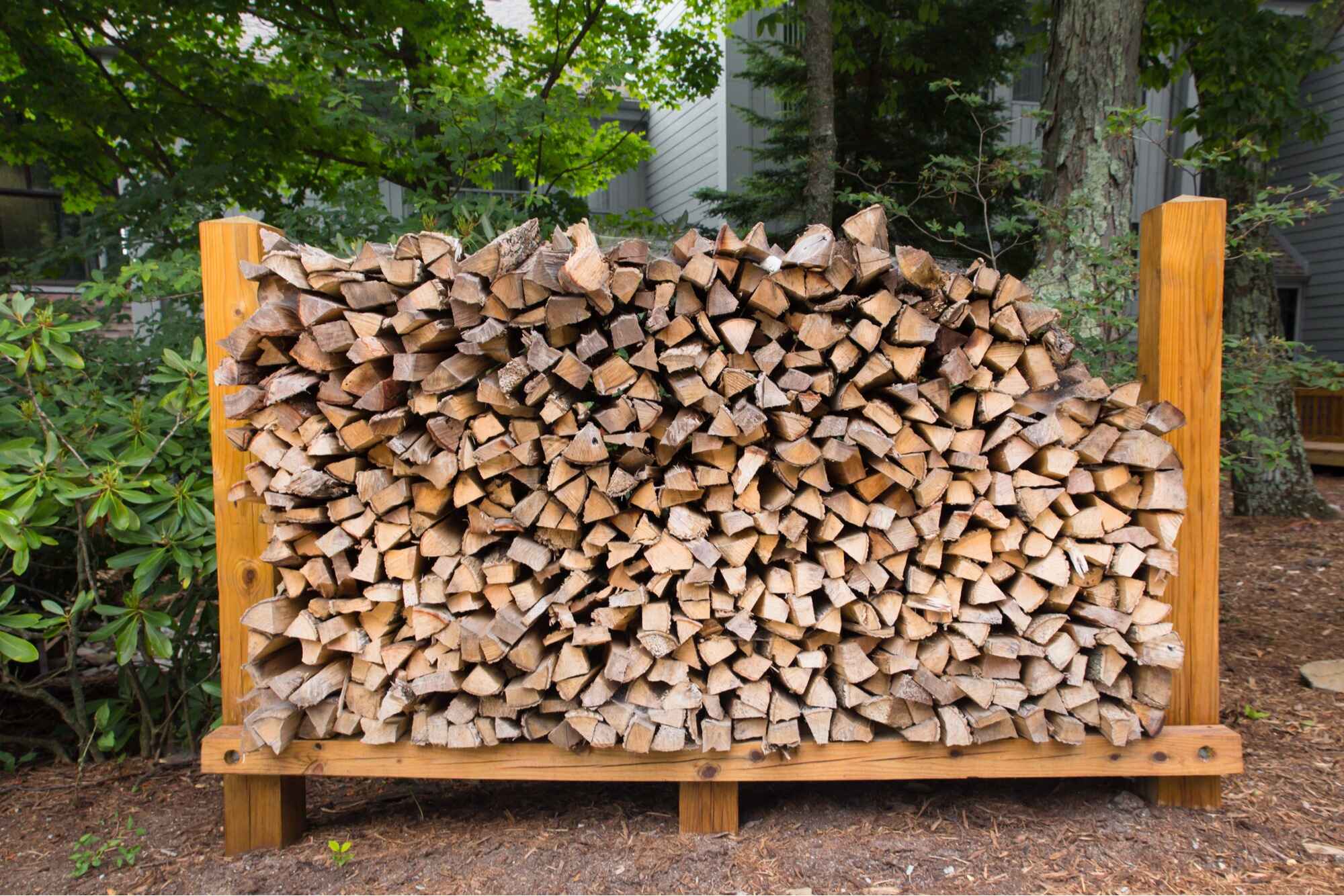
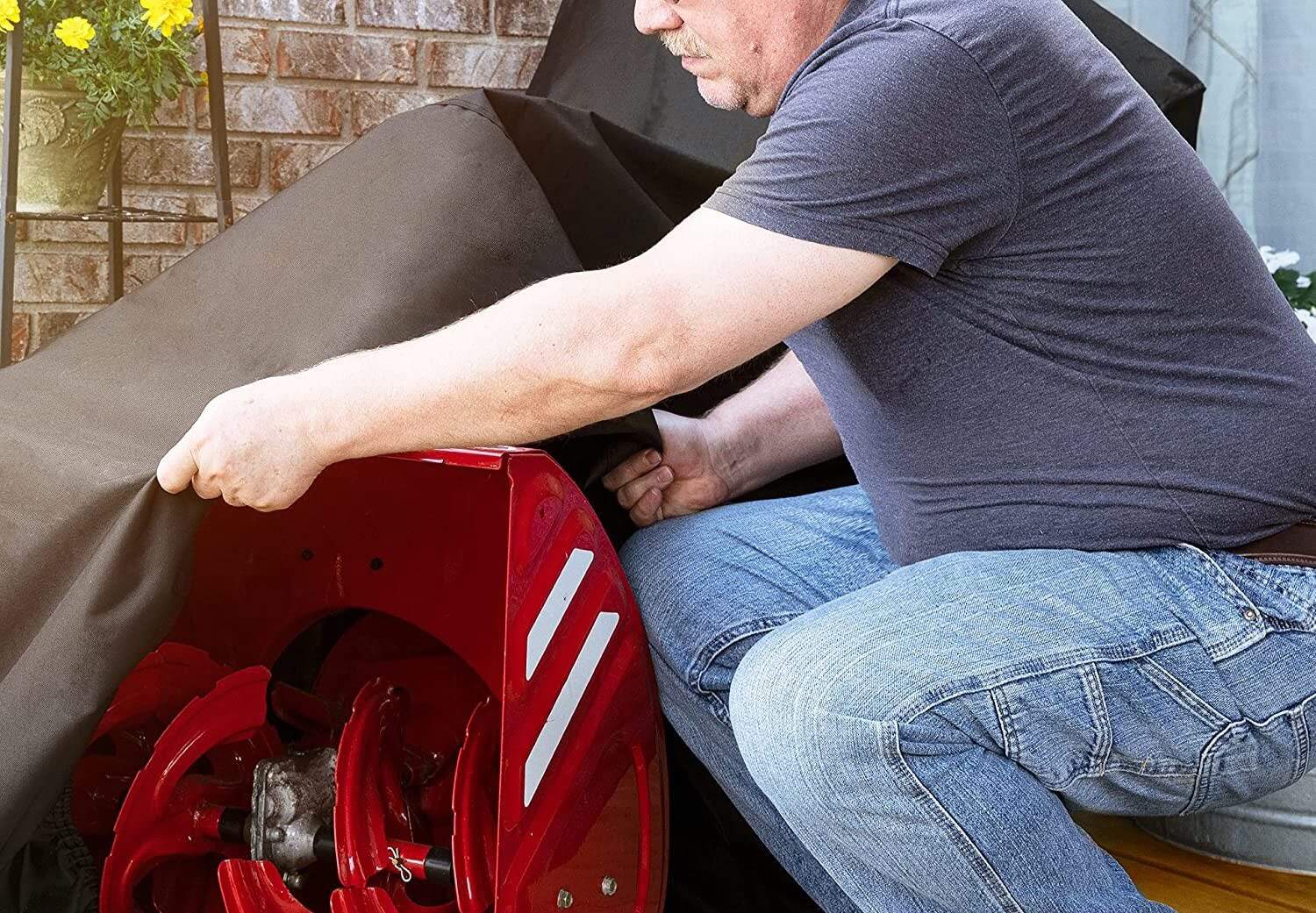
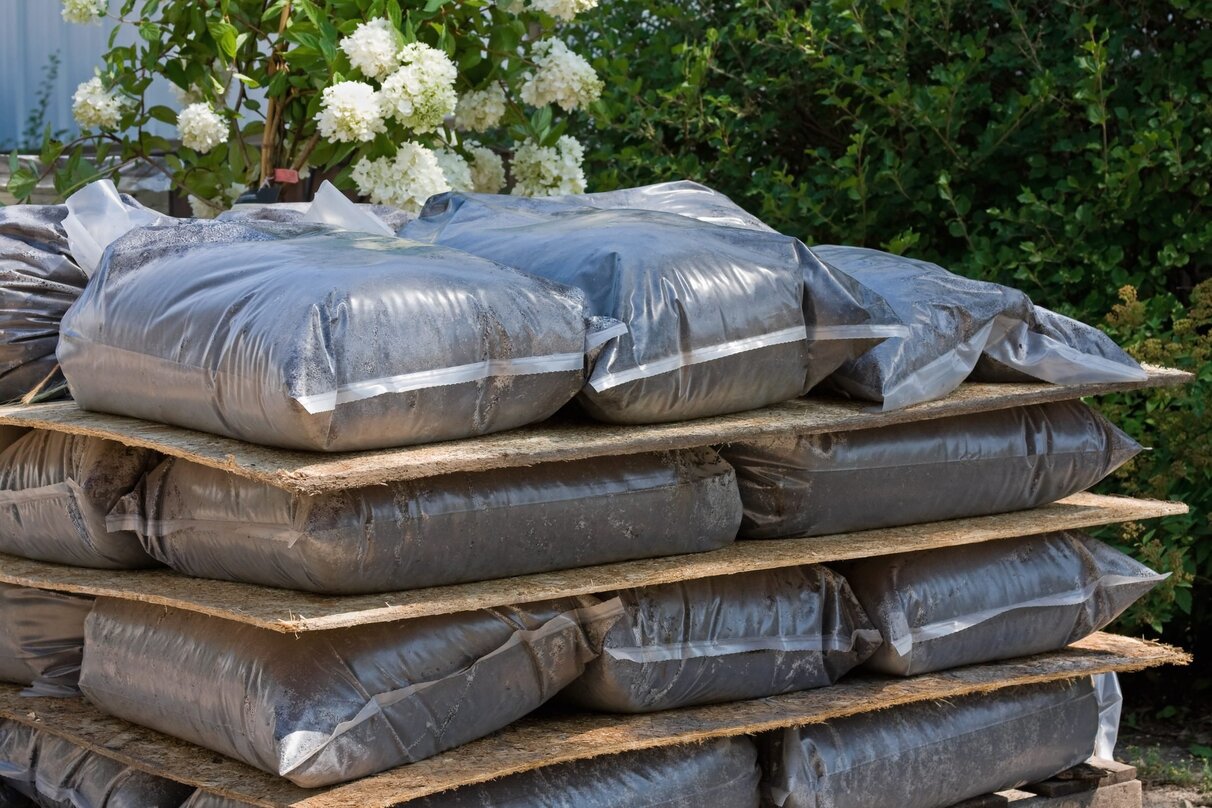
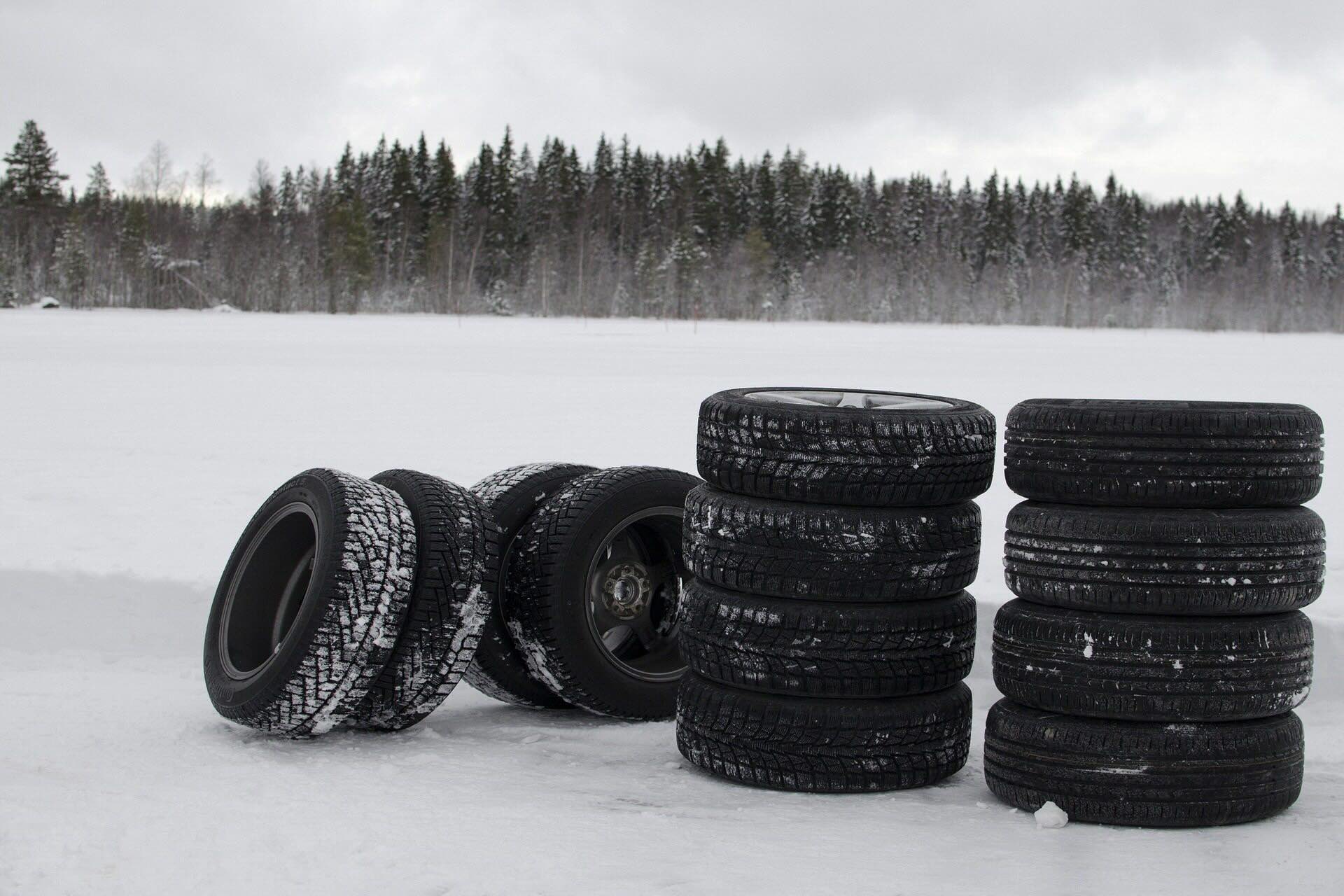
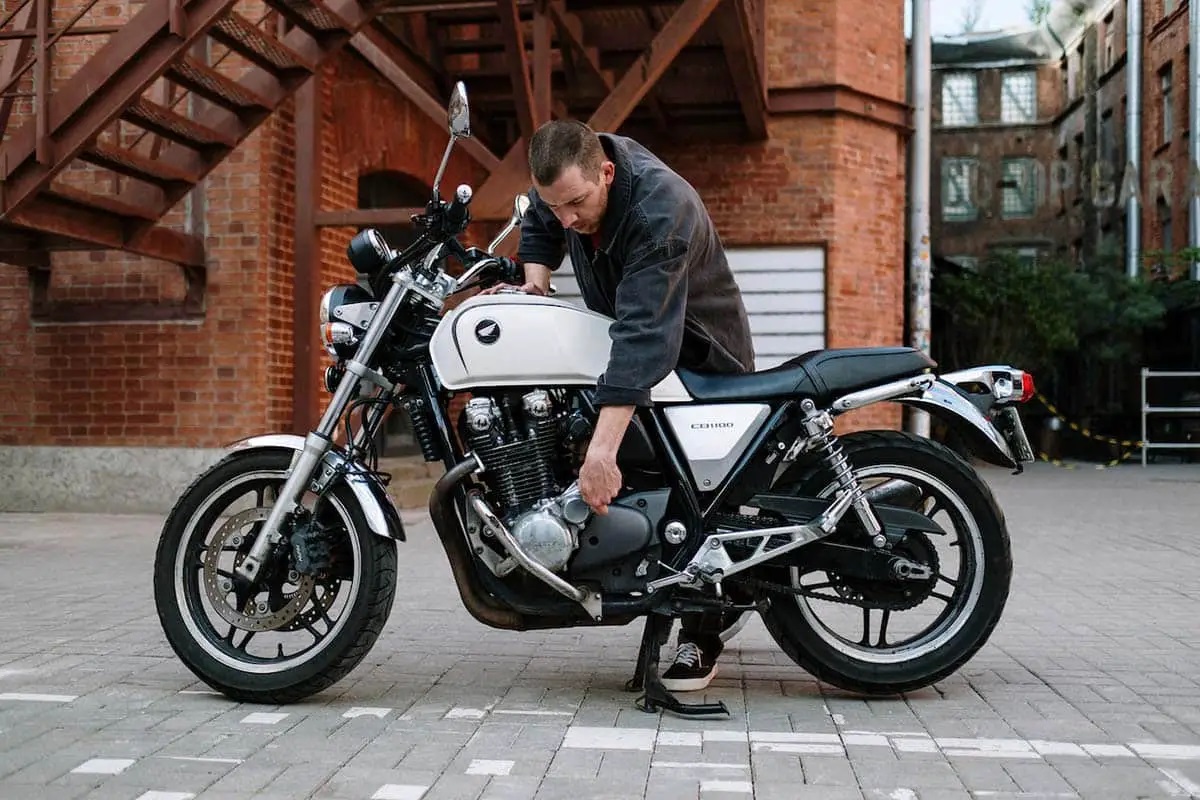
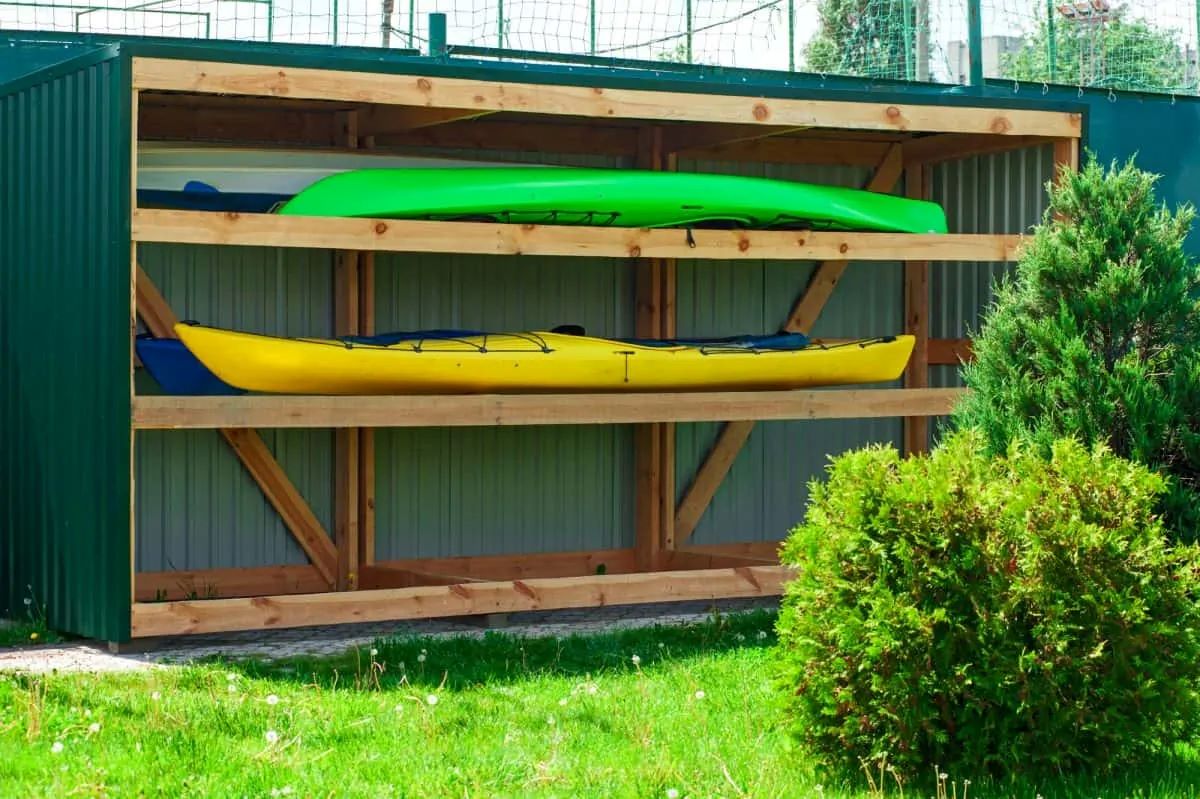

0 thoughts on “How To Store Bike Outside”